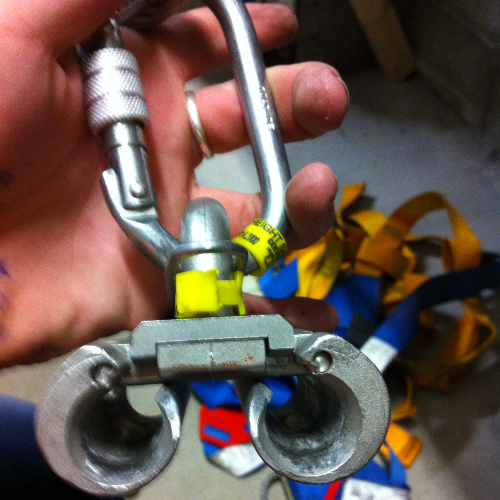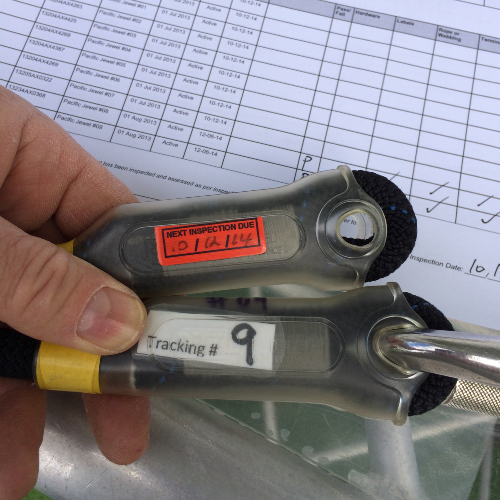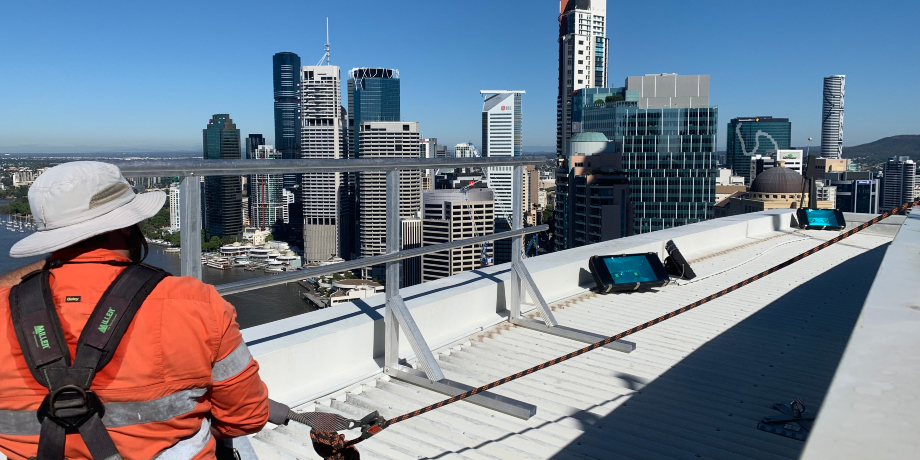
Ever heard the one about having to upgrade your height safety system every 10 years?
Sounds pretty logical, doesn’t it. All that weather damage. All that wear and tear from constant use – day after day, week after week, year after year.
Even if your system’s still in good nick, surely there’s an Australian Standard or Code of Compliance somewhere that makes it mandatory?
Myth – Don’t follow the 10 Year Rule
Actually, no. There is no regulatory requirement to replace your height safety system at a specific point in time. Nor are there industry standards which pre-determine an ideal replacement timeframe.
The much-touted “replace your system every 10 years rule” is an urban myth. An attempt to give a simple answer to a complex question, it ignores the reality that every site, every system and every use-case is different.
Must – Do follow your Manufacturer’s Instructions
But that doesn’t mean you have no way of knowing when your height safety system needs to be repaired or replaced.
Every manufacturer provides detailed instructions for the installation, use, service, inspection and recertification of their product. These include the total length of time the product can be in use before it must be retired from service. In other words, this is where you’ll find your replacement date.
It’s also where you’ll find everything you need to know about maximising the health, safety and performance of your system along the way.
1. Dive into your Documentation
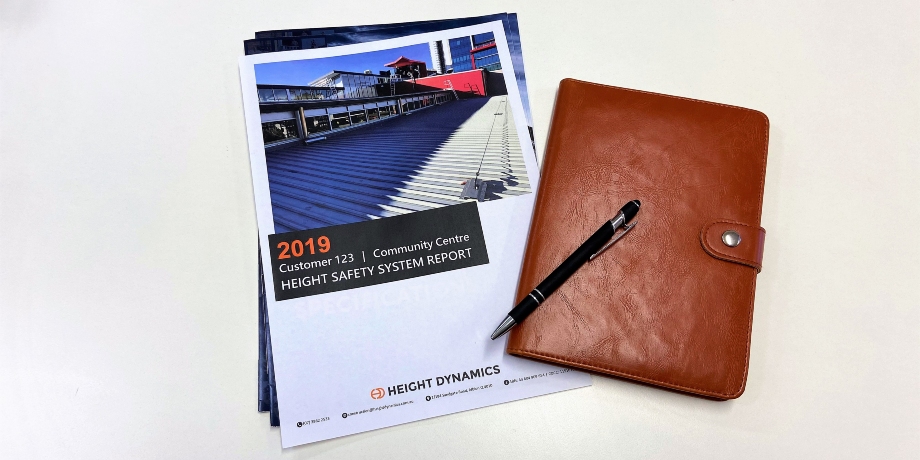
Let’s go back to Day 1 – the installation of your height safety system.
This was an important milestone for many reasons. Used correctly, a well-designed system prevents injuries and saves lives. Used frequently, a fit-for-purpose system is a platform for productivity at height.
But a height safety system wasn’t the only thing your installer left behind that day. You should also have a hefty swag of related compliance and operational documentation (see the full list here).
Amongst this will be manufacturer’s instructions for every product used in your height safety system. Gather these instructions together. Use them to guide your inspection, maintenance and recertification plan.
2. Schedule your Safety Inspections
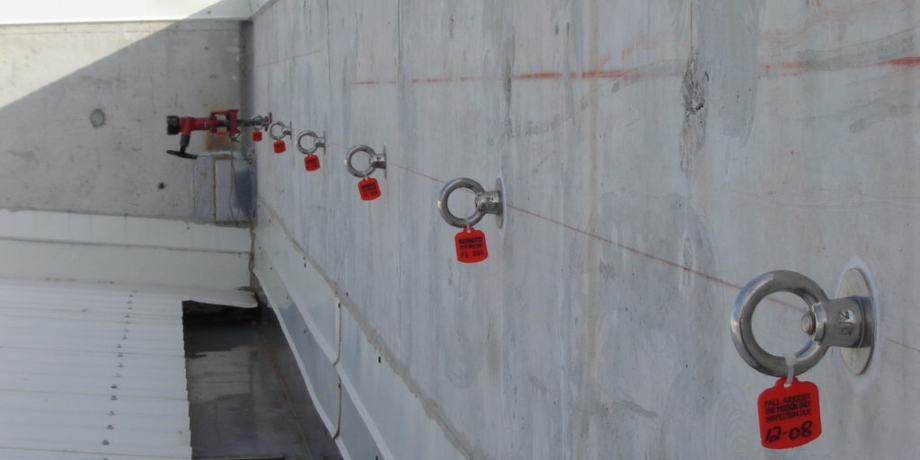
The backbone of a safe and healthy height safety system is a regular schedule of safety inspections.
This will ensure your system remains compliant and fit-for-purpose at all times. It will also help you to maintain the highest possible performance standards as set out by the manufacturer.
Fixed height safety systems must be inspected every 12 months. Elements of fixed height safety systems may include:
- Fall protection and roof access systems
- Single-point anchors and anchor point systems
- Horizontal and vertical static line and rail systems
- Handrails and guardrails
- Ladders and platforms
All inspections must (by law) be conducted by a qualified height safety equipment inspector.
3. Master your Maintenance
It’s your inspector’s job to ensure your system continues to meet all regulatory standards and those set out by the manufacturer.
They’ll also be looking to identify any early signs of a weak link – conducting visual, physical and mechanical tests as needed.
As a result, they may identify components requiring replacement, servicing or repair. This can happen for a number of reasons. Wear and tear leads to deterioration. Damage can result in defects. Changes in use or on the worksite can raise issues of non-compliance.
Should this occur, your inspector will provide details, evidence and photographs of each issue. They’ll also recommend remedial action and a process for reinspection.
Remember – until recertification, any such components must be taken out of service.
4. Reset for Recertification
As the system owner, you’re responsible for ensuring each component of your height safety system is recertified by the due date.
Recertification applies to all individual components that pass inspection. They’ll each get a shiny new tag and certificate of compliance. Definitely the most rewarding step in the inspection process!
Recertification is also the best time to get ahead of the curve. If keeping track of inspections (and paperwork) doesn’t come naturally, use this time to reset for future due dates.
Having the details from every inspection at your fingertips is key. Creating a complete view of your height safety compliance is critical. Automating your reminder system for upcoming inspections is a game-changer.
At Height Dynamics, we help clients do all three using our free online asset management system.

